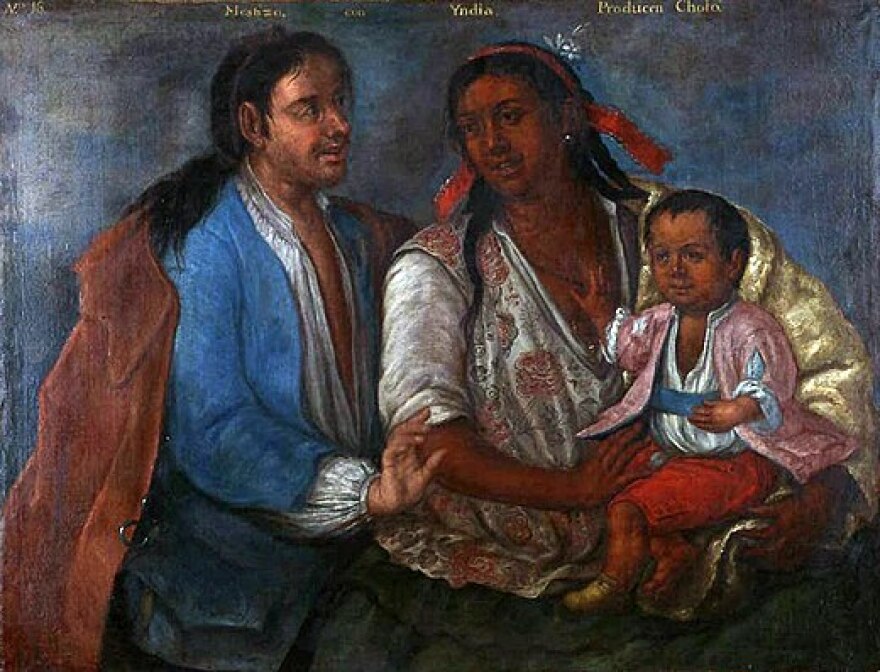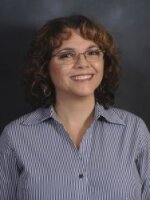Dr. Judy Bense, University of West Florida Professor and President Emeritus and founder of the UWF Archaeology program, is out with her newest book “Presidios of Spanish West Florida.” There will be a reception, talk and book-signing on Thursday at the Voices of Pensacola Multicultural Center, downtown.
This is the fourth academic book written by Dr. Bense, and her sixth overall.
“This latest book is really what we call a synthesis of decades of research on basically one time period in Pensacola’s history, 1698 to 1763; that’s called the Presidio Period,” Bense began. “It focusses and brings together all of our research that’s scattered in various publications over the years into one book.”
Before digging into more detail about the book, Bense shares the long journey to getting it finished. According to her foreword/acknowledgements, she notes that this project has been in the making since 2006. At that time, she began to pull information together for the book, working on nights and weekends, and holidays.
“Then, something came and interrupted it in 2008, when the UWF Board of Trustees asked me to serve as their interim president for nine months. And, of course, that lasted almost nine years. And, while you are president of a university, you can do nothing else. You can be the president and you can rest — that’s it.”

With support from the Board of Trustees, Bense turned her focus back to archaeology and actually began writing the research book in late 2017. This year, she finally completed it, finishing a project that normally takes 3-5 years, in 16 years. She says that might be a record at the University Press of Florida. But, she believes the hiring of a research assistant and copy editor have made this book worth the wait.
“Between those two, plus myself, we have produced a manuscript that’s actually pretty good.”
And, she’s proud of it. “I am proud of it. It’s my best so far.”
Bense says this book, “Presidios of Spanish West Florida” takes all the great information researchers have uncovered about East Florida and St. Augustine and the missions from Tallahassee and compares it to the lesser-known western region of La Florida.
“People don’t know, and we didn’t either when we started, about what was going on in West Florida. And, so, the way Paul Harvey used to call it, ‘It is the rest of the story’ of Spanish Florida and it is very different from East Florida and that is a very important point to make.”

The result, says Bense, is new interpretations, patterns, and conclusions that stand out against St. Augustine and that are all brought together in one book that will serve as a reference.
One good example is the fact St. Augustine stayed in the same place since its founding in 1565, the Pensacola presidios in West Florida moved around.
“The first one was over at the Naval Air Station, called Santa Maria. But, the French captured it, 21 years later in 1719 and the Spanish retreated to an outpost they had at Port St. Joe on the bay there,” she said. “They built another presidio named San Jose, which is where the place gets its name, out on the spit right near the pass.”
The signing of a treaty in the War of Spanish Succession, allowed those inhabitants reclaim Pensacola for Spain.
“So, they scooted right back to Pensacola and built another presidio, their third one, near Ft. Pickens today, near the pass on Santa Rosa Island. But, the hurricanes just battered them and in 1756, they moved to what is now Pensacola. They called in Presidio San Miguel.”
Dr. Bense says tracing the people as they relocate from presidio to presidio in West Florida brings her to one of the most important aspects of this work.
![Interesting artifacts from Presidio Santa Rosa a) brass music box key (64B-0001-032); b) brass religious medallions [left: St. Anthony of Padua (64B-0001-048); right: St. John of Matha/St. Felix de Valois (64B-0001-27)]; c) iron trade axe (64B-0001-084); d) copper bowl (64B-0001-001).](https://npr.brightspotcdn.com/dims4/default/9b06a02/2147483647/strip/true/crop/975x1425+0+0/resize/880x1286!/quality/90/?url=http%3A%2F%2Fnpr-brightspot.s3.amazonaws.com%2Ff7%2F34%2F06806af04deebcec565e9ac11e98%2Ffigure-4-6-1.png)
“What we have is four geographically separate, chronically sequential sites and documents of the same group of people moving around. That’s called four windows, four slices of time that we can use as a basis of comparison in the 65-year period of the Presidio Period. That is unusual in archaeology in the world — it’s very, very rare.”
In addition to the geography of the presidios, the book also compares and contrasts the different fortifications, architecture, artifacts, and demographics. For instance, Bense says in the beginning the Pensacola garrisons was mostly comprised of soldiers and prisoners, with very few Indians and no women, until about 1740 when families became a priority.
Additionally, compared to St. Augustine, which was more Spanish, the ethnicity of the people was different.
“The people that came to Pensacola and that are on the cover, in color, of the book, is they were actually a new kind of ethnicity,” she stated.
“They were a mixture, which had been happening in New Spain or Mexico of Spanish, Indian, and African mix. They classified the offspring of these mixed-marriages, and they were generally called Mestizos at the time. They were dark-skinned. They spoke Spanish and had an Indian, African, and Spanish culture all mixed up together and that was not what was in St. Augustine.”
In St. Augustine, the population had more Spanish influence, mixed with Indian.
Bense’s new academic publication pulls in and provides contest to a vast array of archaeological and historical research by her and many others, including some former UWF students. She envisions it will be used firstly as a summary of what they’ve done in one book. Secondly, she says it will serve as a reference and guide to further information, setting up future research, “Absolutely, that’s the nature of the game.”
Again, the name of the book is “Presidios of Spanish West Florida.” There will be a reception, followed by a talk and book signing by Dr. Bense, Thursday afternoon, 5:30, at the Voices of Pensacola Multicultural Center, 117 E. Government Street.


